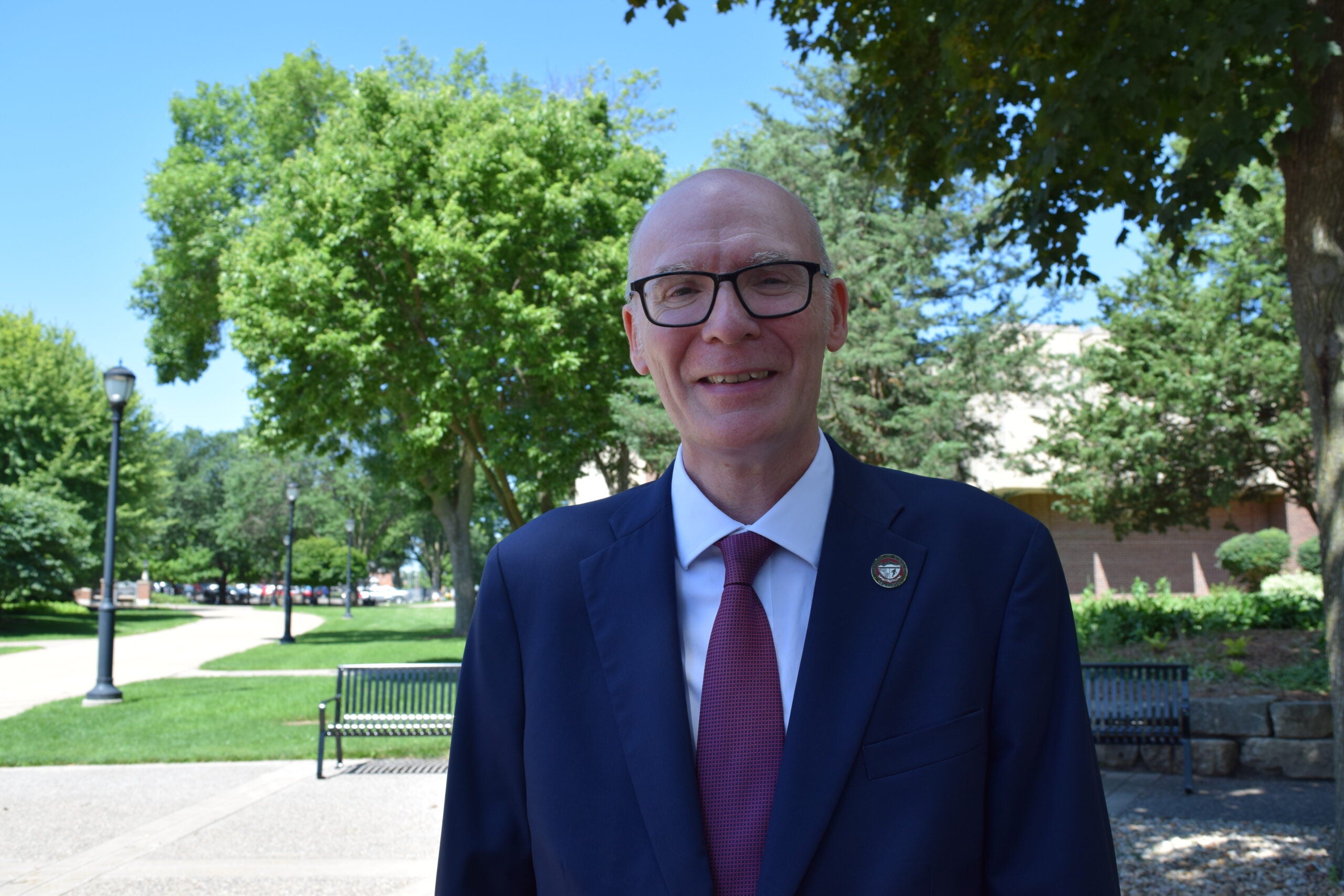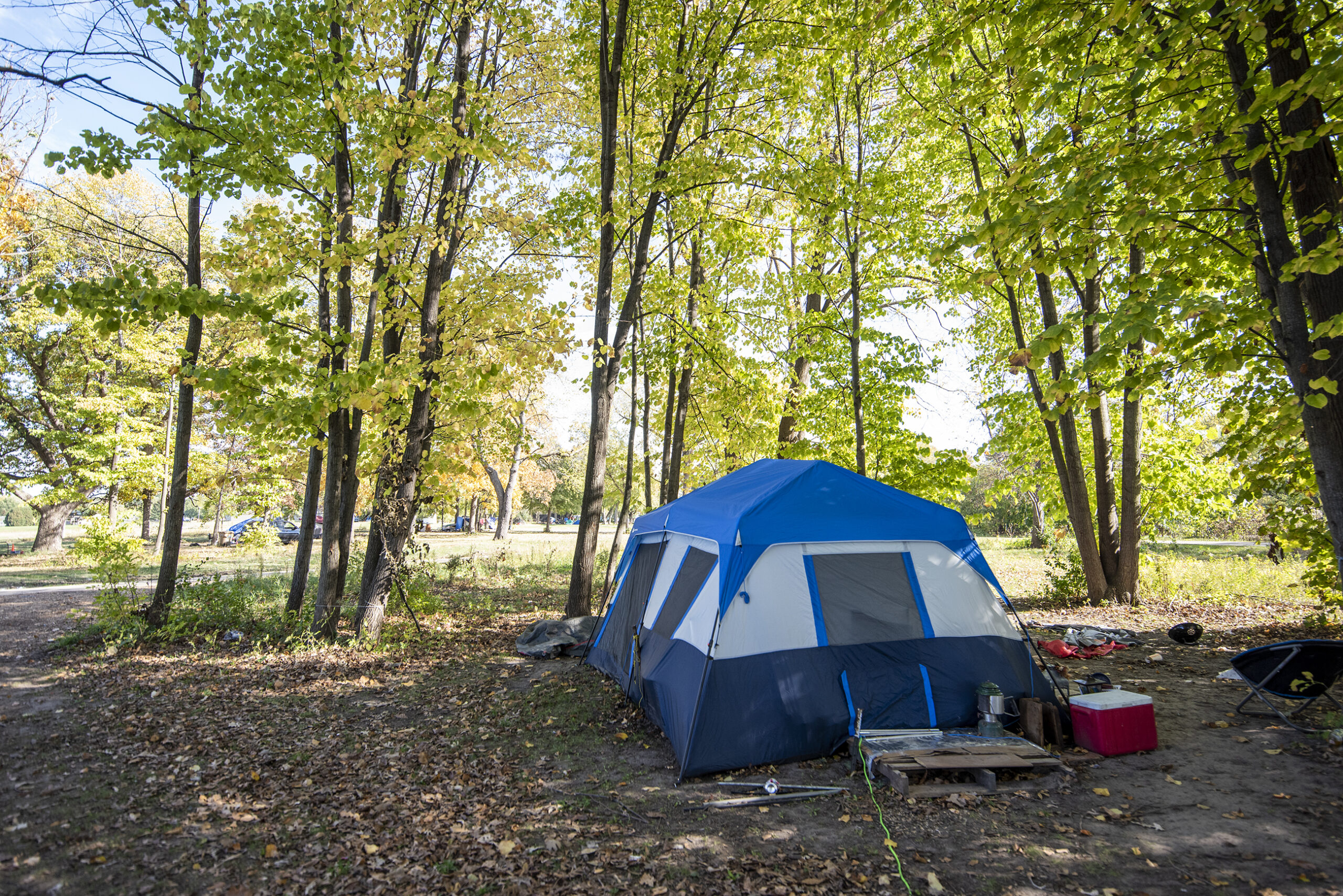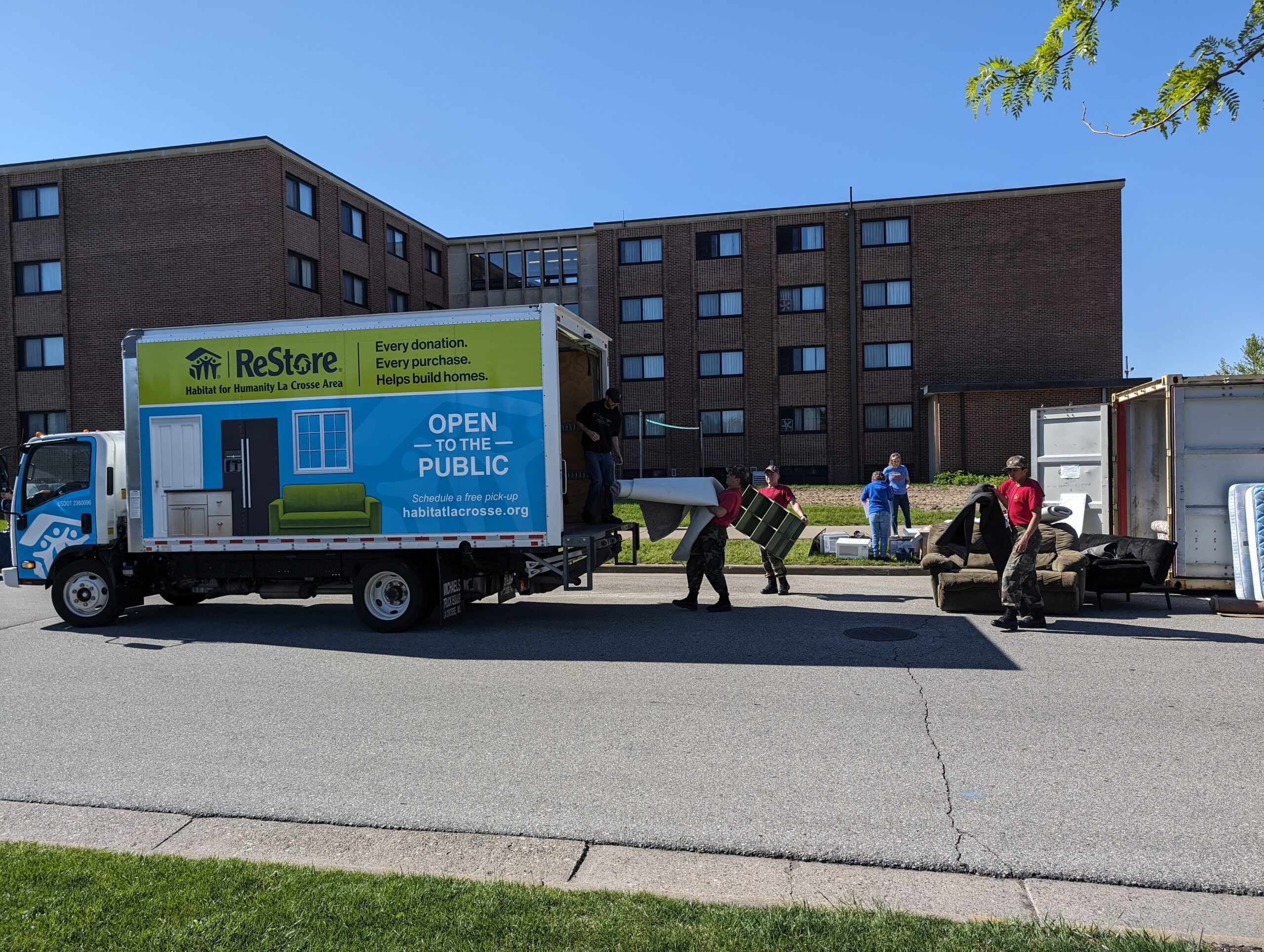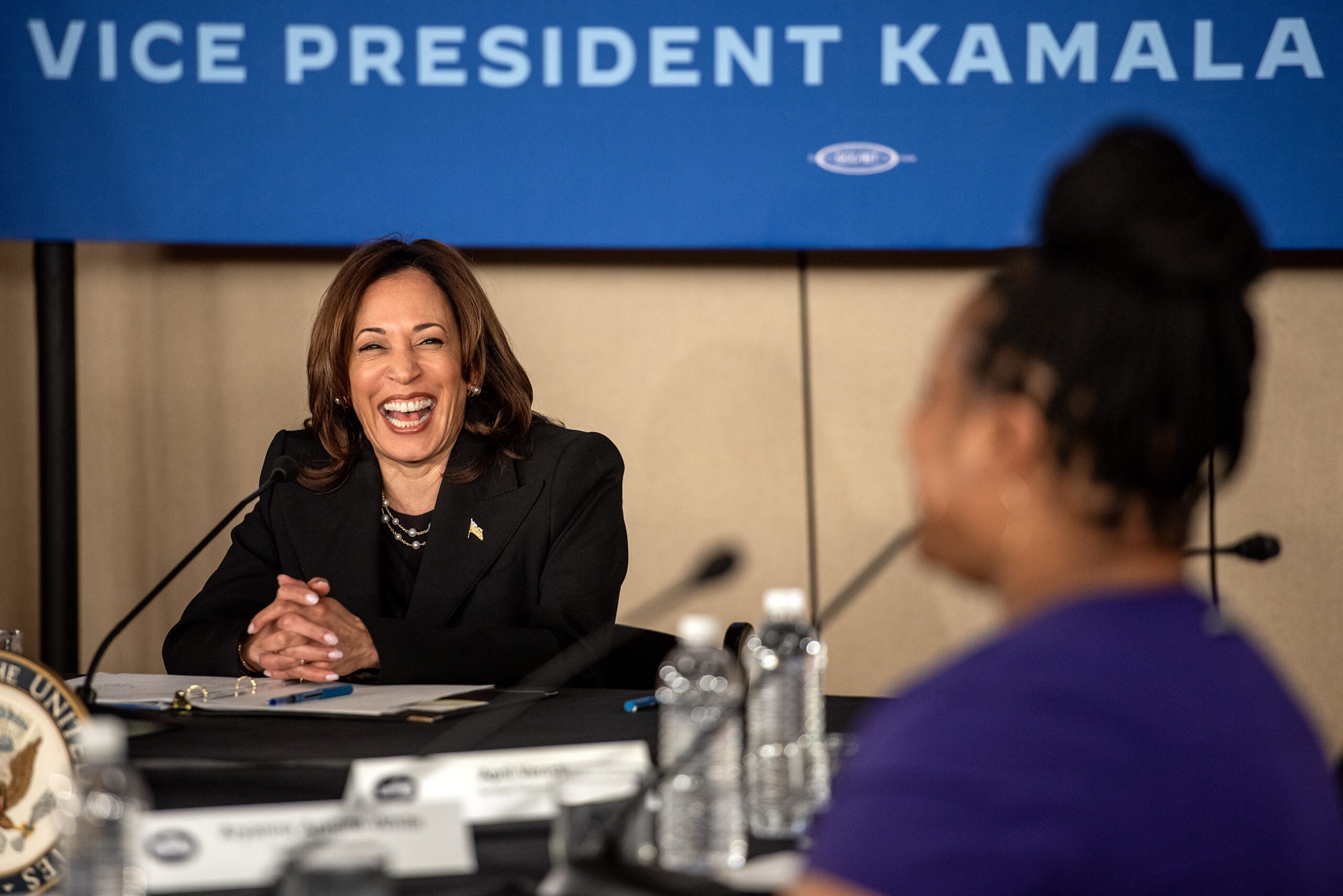Community leaders and others with an interest in making the La Crosse area a more welcoming place for everyone are taking a different approach to learning about diversity this fall — with people in the community’s white majority taking responsibility to lead the effort.
“In many cases (diversity discussions) are started in educational institutions or started by people of color. This started with white folks reading the book ‘Waking Up White,’” said Thomas Harris, assistant director of multicultural student services at the University of Wisconsin-La Crosse. “It’s important that white people in our community do the work and they learn how important that is. It’s very different when someone hears it from me (a black person) … versus somebody who’s hearing it from somebody who’s white speaking.“
The Creating a Healthier Multicultural Community project is part of a year-long, multipronged approach to diversity training.
Pat Lunney, a co-leader of the project, said Harris’ observation that white men seldom lead discussions about race relations and diversity made sense to him.
Stay informed on the latest news
Sign up for WPR’s email newsletter.
“When you ask someone what their identity is, very seldom do we (as white people) put down our race and if you ask people of color, that’s one of the first things they do,” he said. “You find that for people who are marginalized, that is often something that they come into a room with.”
Small group meetings led by two facilitators (one white person and one person of color) are being held on weekends in late October and November on issues including unconscious bias and the impact of racial disparities on the community.
Lunney said they’ve reached out to community organizations who have agreed to participate in a new approach to discussing diversity.
“What we found is there’s a tremendous amount of interest in having dialogues around things like race,” he said. “Many of these discussions have taken place in the past in the individual institutions, but less so as the whole community coming together.”
As of 2018, the U.S. Census Bureau reports more than 91 percent of people living in La Crosse County are white.
“I think it’s definitely needed in La Crosse because even though we are a very small community, we are a majority white community as well,” said Maggie Xiong, the social justice director for Cia Siab, Inc., a Hmong cultural agency. “These conversations need to happen because there are many folks of color here and many folks of color who don’t feel welcomed in this community.”
In addition to this fall’s Creating a Healthier Multicultural Community project, other events in 2020 include a community-wide reading of the book “Waking Up White” by Debby Irving and hosting a white privilege symposium.
Wisconsin Public Radio, © Copyright 2024, Board of Regents of the University of Wisconsin System and Wisconsin Educational Communications Board.




